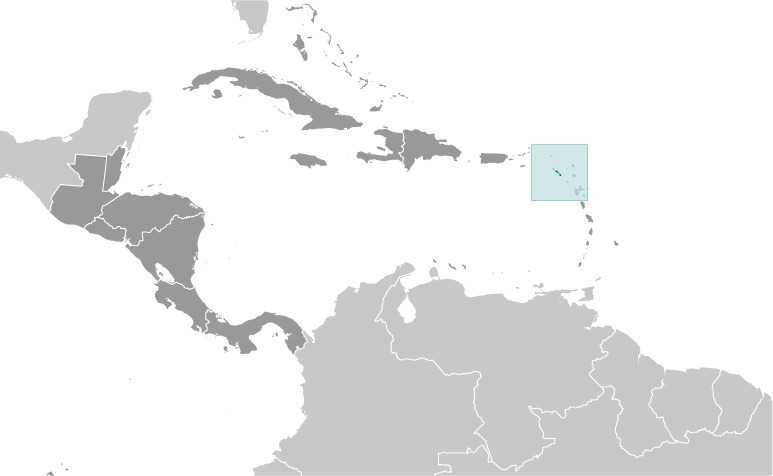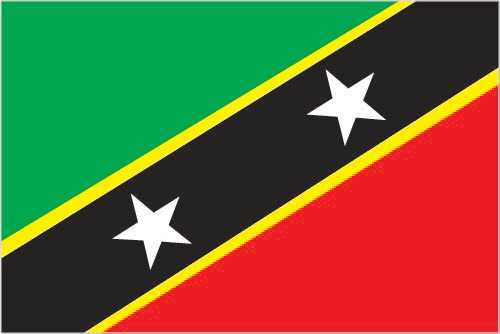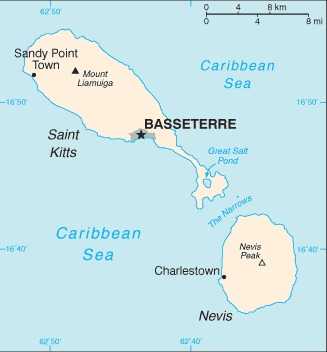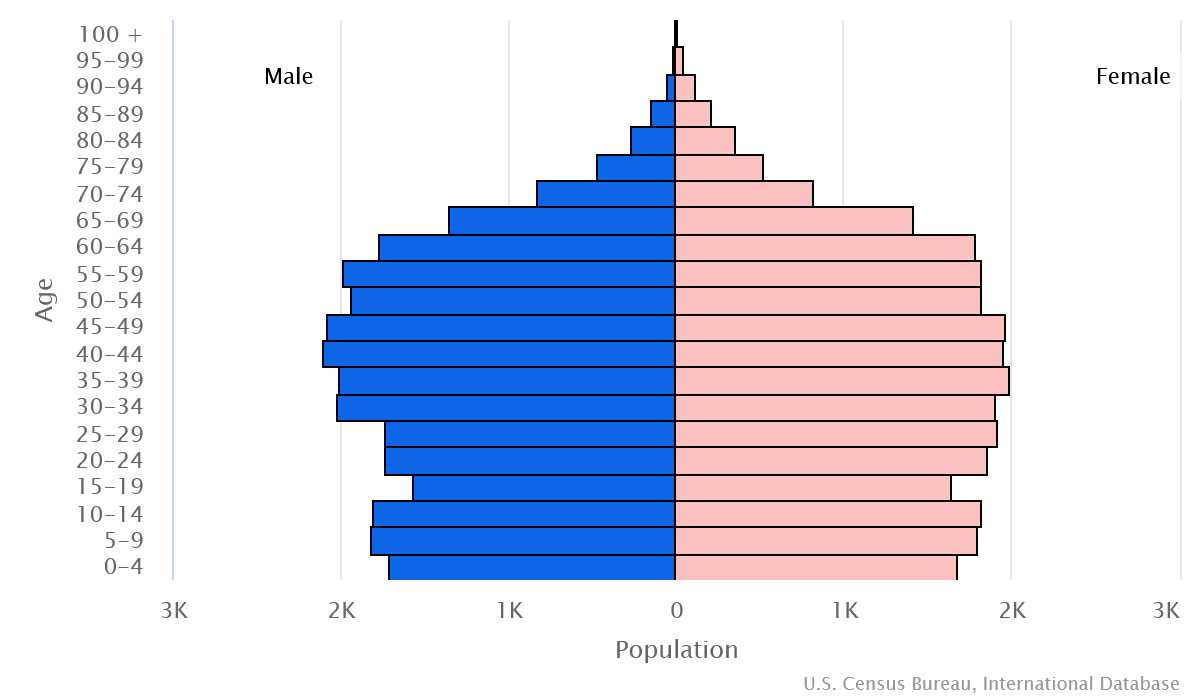Introduction
Background
Carib Indians occupied the islands of the West Indies for hundreds of years before the British and French began settlement in 1623. At one time united with Anguilla, the islands achieved independence in 1983 as Saint Kitts and Nevis but remain a UK Commonwealth realm.
Geography
Area
total: 261 sq km
land: 261 sq km
water: 0 sq km
Climate
tropical, tempered by constant sea breezes; little seasonal temperature variation; rainy season (May to November)
Natural resources
arable land
People and Society
Population
total: 55,133
male: 27,599
female: 27,534 (2024 est.)
Ethnic groups
African descent 92.5%, mixed 3%, White 2.1%, East Indian 1.5%, other 0.6%, unspecified 0.3% (2001 est.)
Languages
English (official)
Religions
Protestant 75.6% (includes Anglican 16.6%, Methodist 15.8%, Pentecostal 10.8%, Church of God 7.4%, Baptist 5.4%, Seventh Day Adventist 5.4%, Wesleyan Holiness 5.3%, Moravian 4.8%, Evangelical 2.1%, Brethren 1.7%, Presbyterian 0.3%), Roman Catholic 5.9%, Hindu 1.8%, Jehovah's Witness 1.4%, Rastafarian 1.3%, other 5%, none 8.8%, unspecified 0.1% (2011 est.)
Population growth rate
0.56% (2024 est.)
Government
Government type
federal parliamentary democracy under a constitutional monarchy; a Commonwealth realm
Capital
name: Basseterre
Executive branch
chief of state: King CHARLES III (since 8 September 2022); represented by Governor General Marcella LIBURD (since 1 February 2023)
head of government: Prime Minister Dr. Terrance DREW (since 6 August 2022); Deputy Prime Minister Dr. Geoffrey HANLEY (since 13 August 2022)
Legislative branch
description: unicameral National Assembly (14 or 15 seats, depending on inclusion of attorney general; 11 members directly elected in single-seat constituencies by simple majority vote and 3 appointed by the governor general - 2 on the advice of the prime minister and the third on the advice of the opposition leader; members serve 5-year terms)
Economy
Economic overview
high-income, tourism-based Caribbean OECS economy; better debt balancing; CARICOM and ECCU member; growing offshore financial and telecommunications hub; environmentally fragile; unique citizenship-driven growth model
Real GDP (purchasing power parity)
$1.371 billion (2022 est.)
$1.26 billion (2021 est.)
$1.271 billion (2020 est.)
Real GDP per capita
$28,800 (2022 est.)
$26,500 (2021 est.)
$26,700 (2020 est.)
Agricultural products
coconuts, tropical fruits, root vegetables, vegetables, eggs, pulses, tomatoes, beef, sweet potatoes, watermelons (2022)
Industries
tourism, cotton, salt, copra, clothing, footwear, beverages
Exports
$531.408 million (2022 est.)
$392.744 million (2021 est.)
$353.961 million (2020 est.)
Exports - partners
US 61%, India 7%, Trinidad and Tobago 5%, Germany 4%, Canada 3% (2022)
Exports - commodities
measuring instruments, broadcasting equipment, electrical transformers, electrical control boards, ships (2022)
Imports
$531.167 million (2022 est.)
$412.276 million (2021 est.)
$430.263 million (2020 est.)
Imports - partners
US 47%, Italy 9%, Turkey 6%, Trinidad and Tobago 6%, China 5% (2022)
Imports - commodities
ships, refined petroleum, plastic products, cars, jewelry (2022)
Exchange rates
East Caribbean dollars (XCD) per US dollar -
Exchange rates:
2.7 (2022 est.)
2.7 (2021 est.)
2.7 (2020 est.)
2.7 (2019 est.)
2.7 (2018 est.)
Page last updated: Wednesday, May 15, 2024




